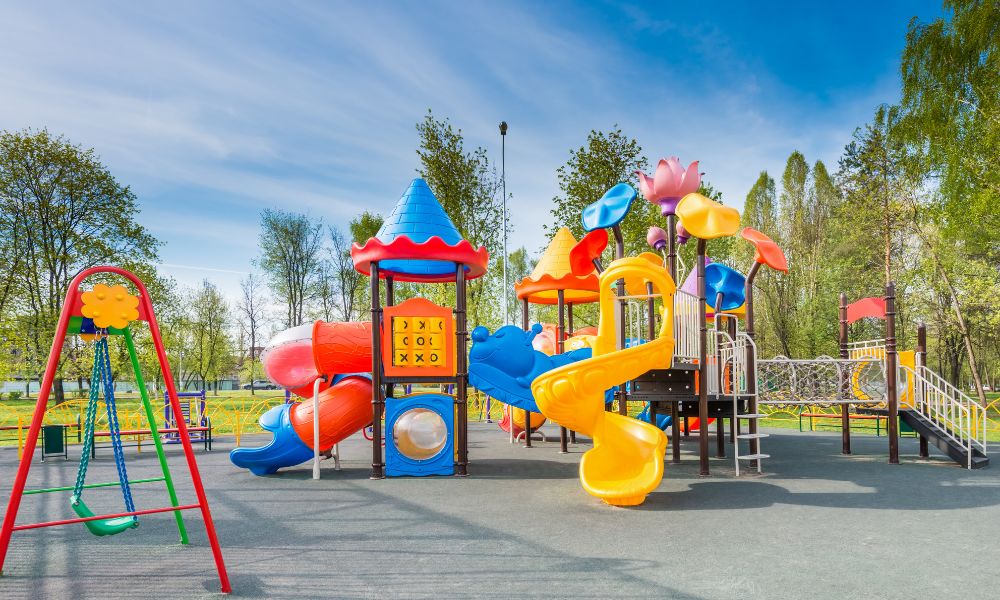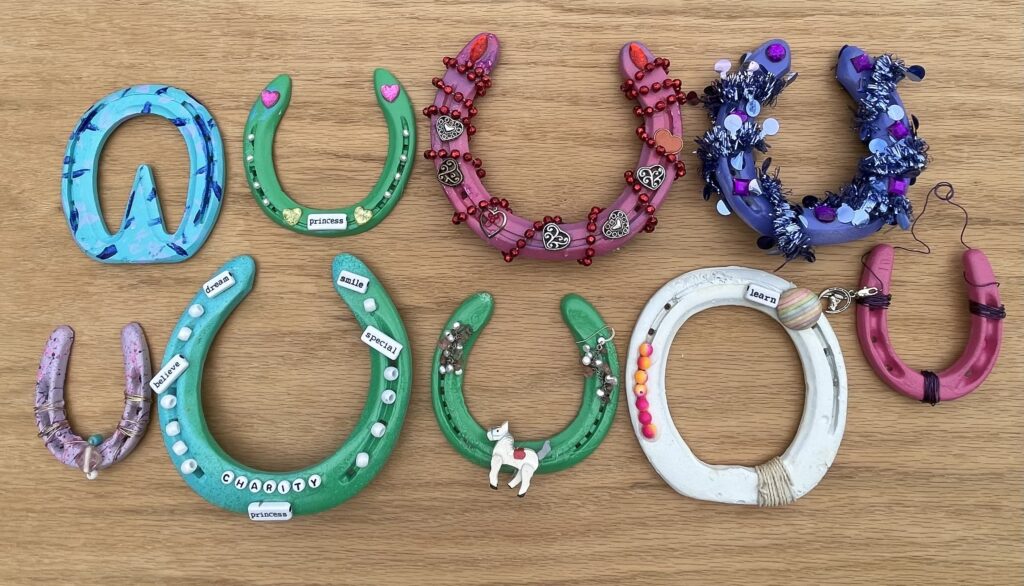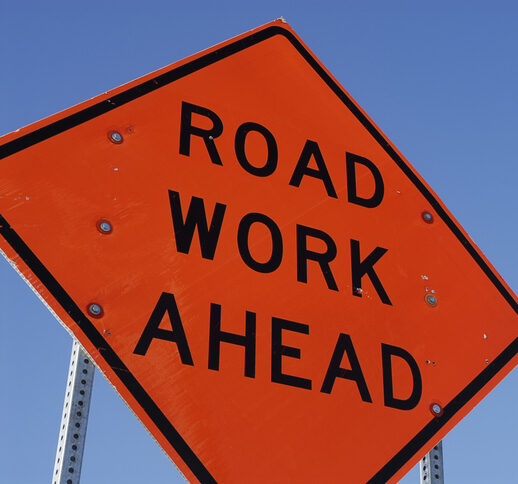
There comes a point when items aren’t shiny and new anymore. Years of use and exposure to the elements wear down the item’s structural integrity and functionality.
Playground equipment is a common casualty of overuse and harsh weather. After long enough, it can emerge as an unsafe amenity for children at play. Explore the five evident signs that your playground equipment is no longer safe so that you can identify hazards before kids get hurt.
1. Visible Rust and Corrosion
Metal playground equipment can start to show signs of visible rust. This corrosion is more than an aesthetic issue; it’s a clear indication of structural weakness.
Rust is the result of a chemical reaction between iron, water, and oxygen, and it gradually erodes the structural integrity of the metal. If left untreated, rust can cause the equipment to break or collapse under pressure.
2. Splintering or Cracked Wood
Wooden playground structures are hazardous if not properly maintained. Over time, wood can splinter or crack due to weather exposure. These imperfections pose serious injury risks to children running their hands across surfaces and sprinting about the playground.
Sanding down splinters will make the surfaces safer for children. If a piece of wood has large cracks, then the playground owners should replace it to ensure kids are safe while playing on wooden structures.
3. Worn Ropes or Chains
Ropes and chains are common features in swing sets, climbing structures, and other adventurous playground equipment. Over time, these elements can wear down due to constant use and exposure to outdoor conditions.
Look for signs of fraying and stretching in ropes and rusting or broken links in chains. The presence of these conditions could compromise the strength and stability of the equipment, increasing the risk of accidents.
4. Loose or Missing Fasteners
Fasteners such as screws, bolts, and nuts are essential in holding the playground equipment together. Continuous use causes fasteners to become loose or even go missing. It’s important to frequently check these components because the structure becomes more likely to waver under a child’s weight without fasteners in place.
5. Wobbly or Unstable Equipment
Loose fasteners aren’t the only cause of wobbly playground equipment that’s no longer safe. Some structures could have an unlevel base, a bent frame, or weakened support beams. The culprit could even be an unstable foundation.
Establish a playground equipment inspection schedule and diligently stick to it. This diligence will ensure the equipment is always structurally sound and safe for children to play on.
Regularly check the stability of swings, slides, climbing structures, and other items to ensure they are firmly anchored and do not sway under a child’s weight. Wobbly equipment can put children at risk of falling, especially when they play at significant heights.
Children and parents should be able to trust the integrity of their local public park or school playground. With precautionary care and frequent evaluations, you’ll have robust playground equipment that won’t falter under pressure.






